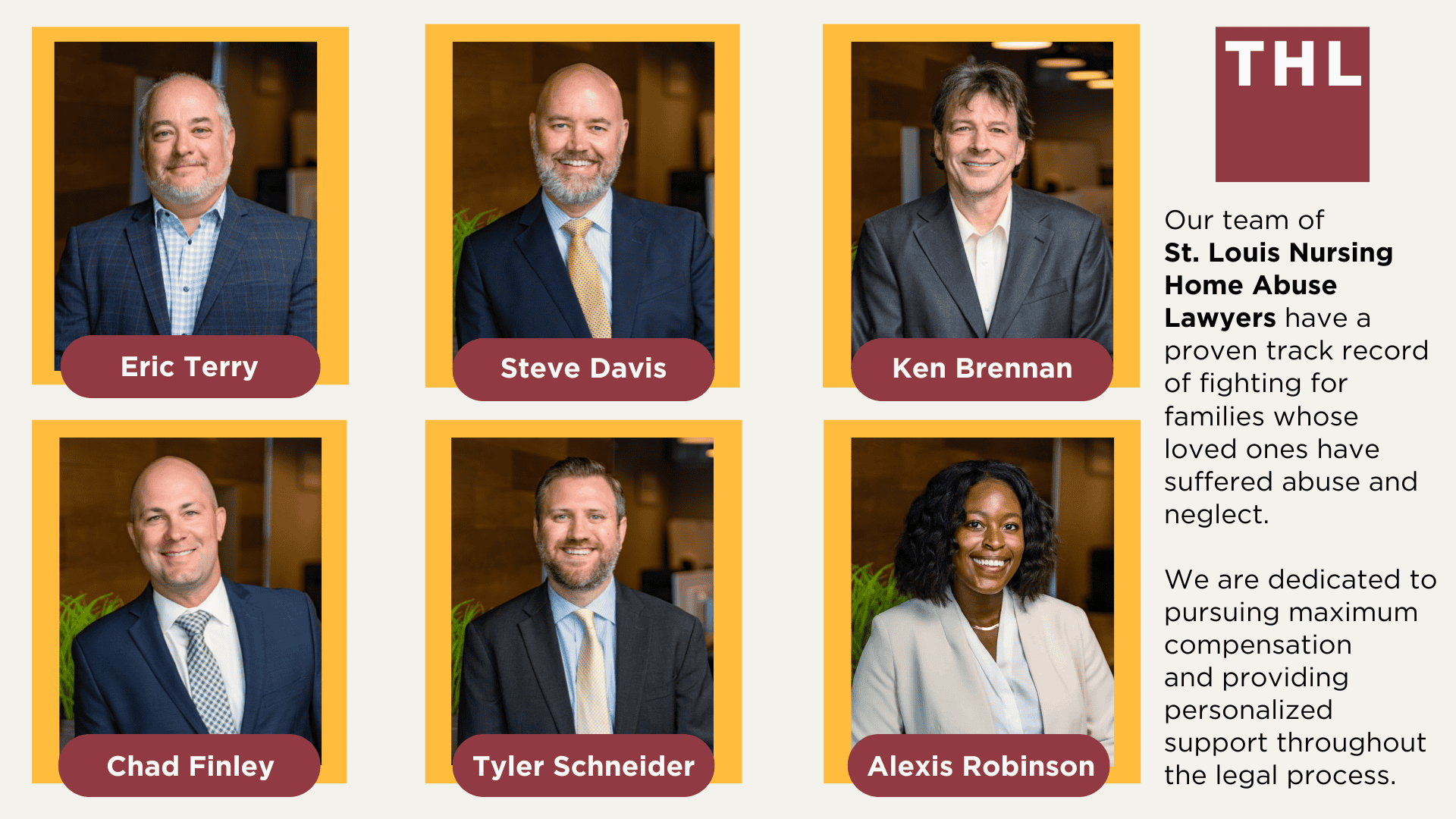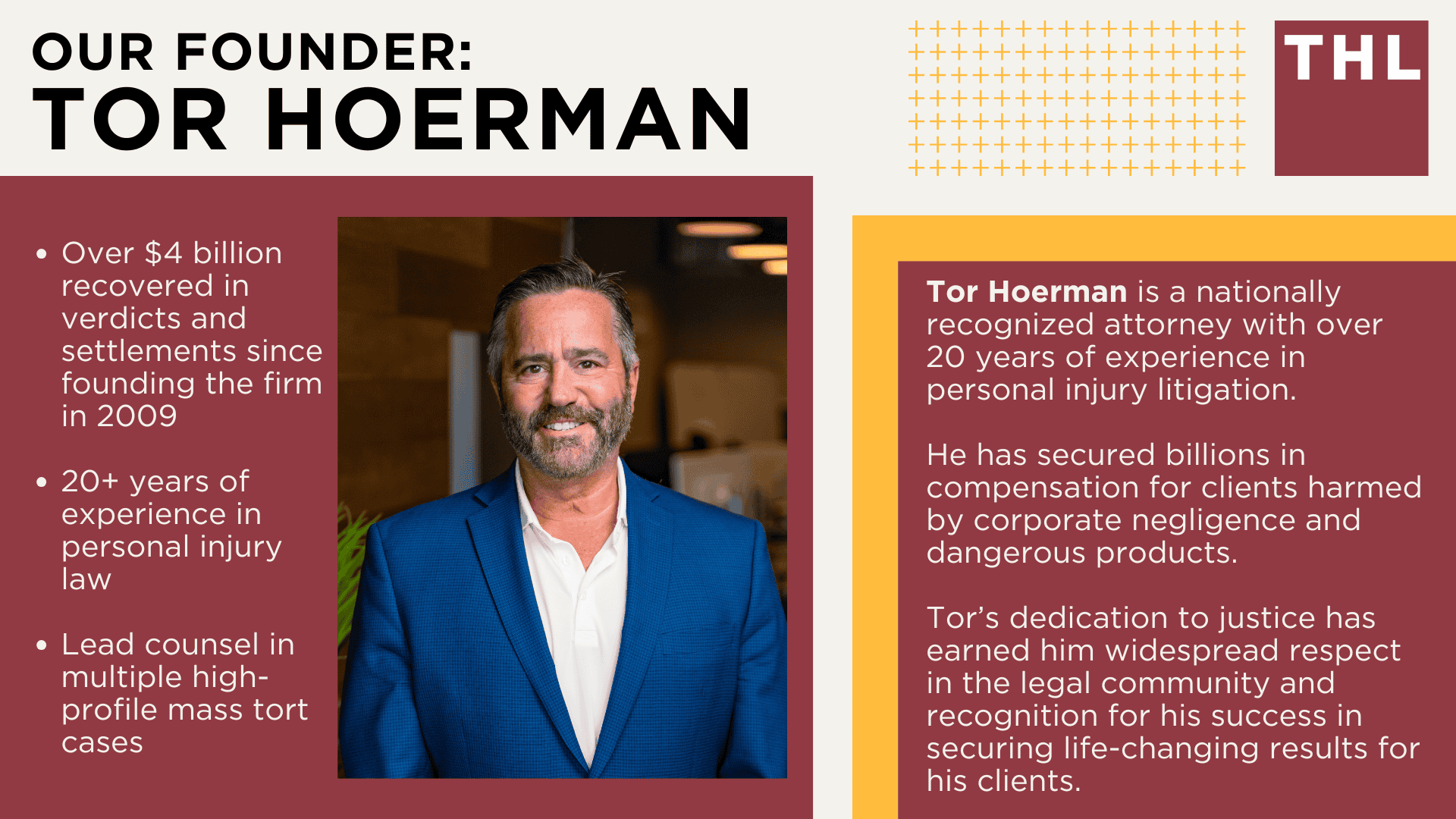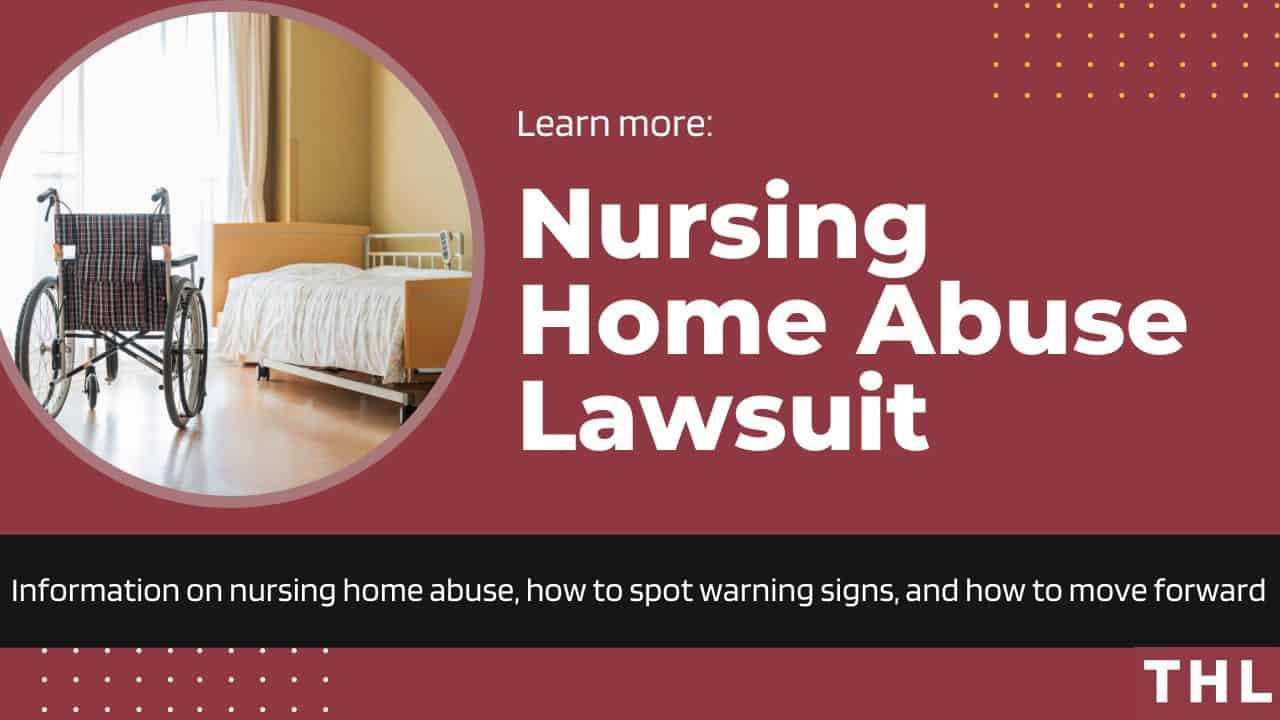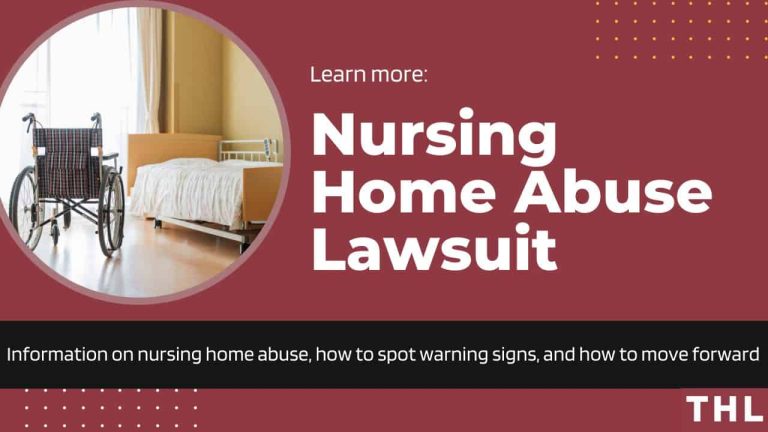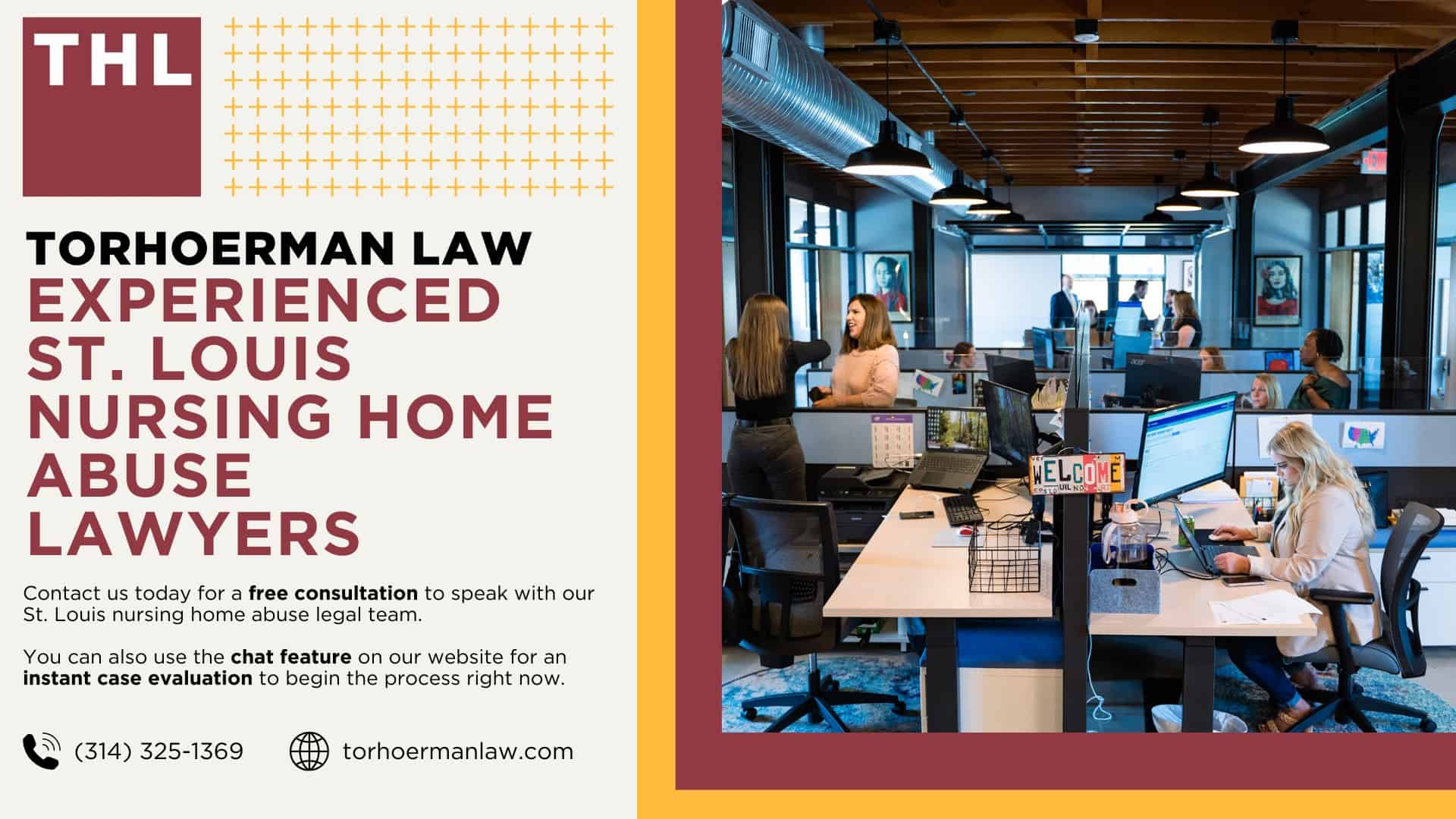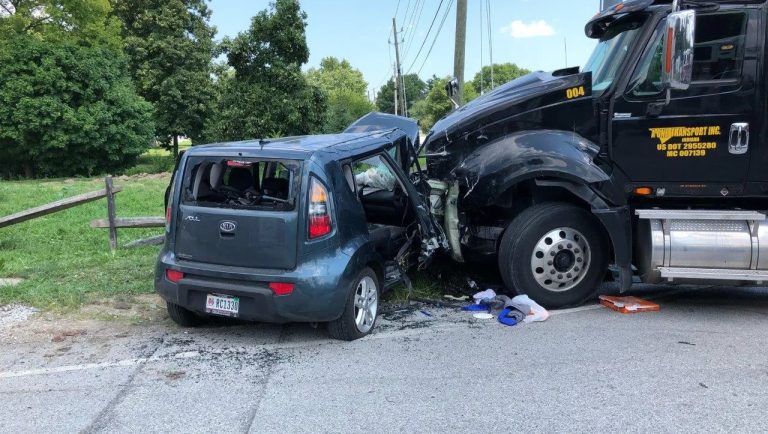Assisted living facilities and nursing home facilities have a duty of care to protect residents from harm, yet abuse and neglect in these settings remain significant issues.
Studies show that up to 15.7% of residents in care facilities experience abuse each year, with emotional abuse, physical mistreatment, and neglect being common but often unreported.
Many facilities face challenges like understaffing, inadequate training, and lack of regulatory oversight, all of which contribute to these ongoing issues.
According to the U.S. Department of Health and Human Services, a significant percentage of nursing home complaints involve neglect, especially affecting those with cognitive or mobility limitations who are unable to advocate for themselves.
Research highlights that understaffed facilities often struggle to meet care standards, which has led to a rise in reported cases of harm, poor sanitary conditions, and serious health issues among residents.
With effective legal recourse, families can hold these facilities accountable for violating their duty of care and seek justice on behalf of their loved ones.
If your loved one has suffered abuse or neglect in a nursing home facility, you may be eligible to file a lawsuit and seek compensation.
Contact the experienced Nursing Home Abuse Attorneys at TorHoerman Law for a free consultation.
Use the chatbot on this page to find out if you qualify for a Nursing Home Lawsuit instantly.
Types of Nursing Home Abuse
Nursing home abuse can take many forms, each with serious consequences for residents’ health, safety, and quality of life.
Residents often depend on their caregivers for essential daily needs, making them especially vulnerable to mistreatment.
Abuse in nursing homes frequently goes unreported due to residents’ physical or cognitive limitations and lack of access to family or advocates.
Understanding the various types of abuse helps families recognize warning signs and take action to protect their loved ones.
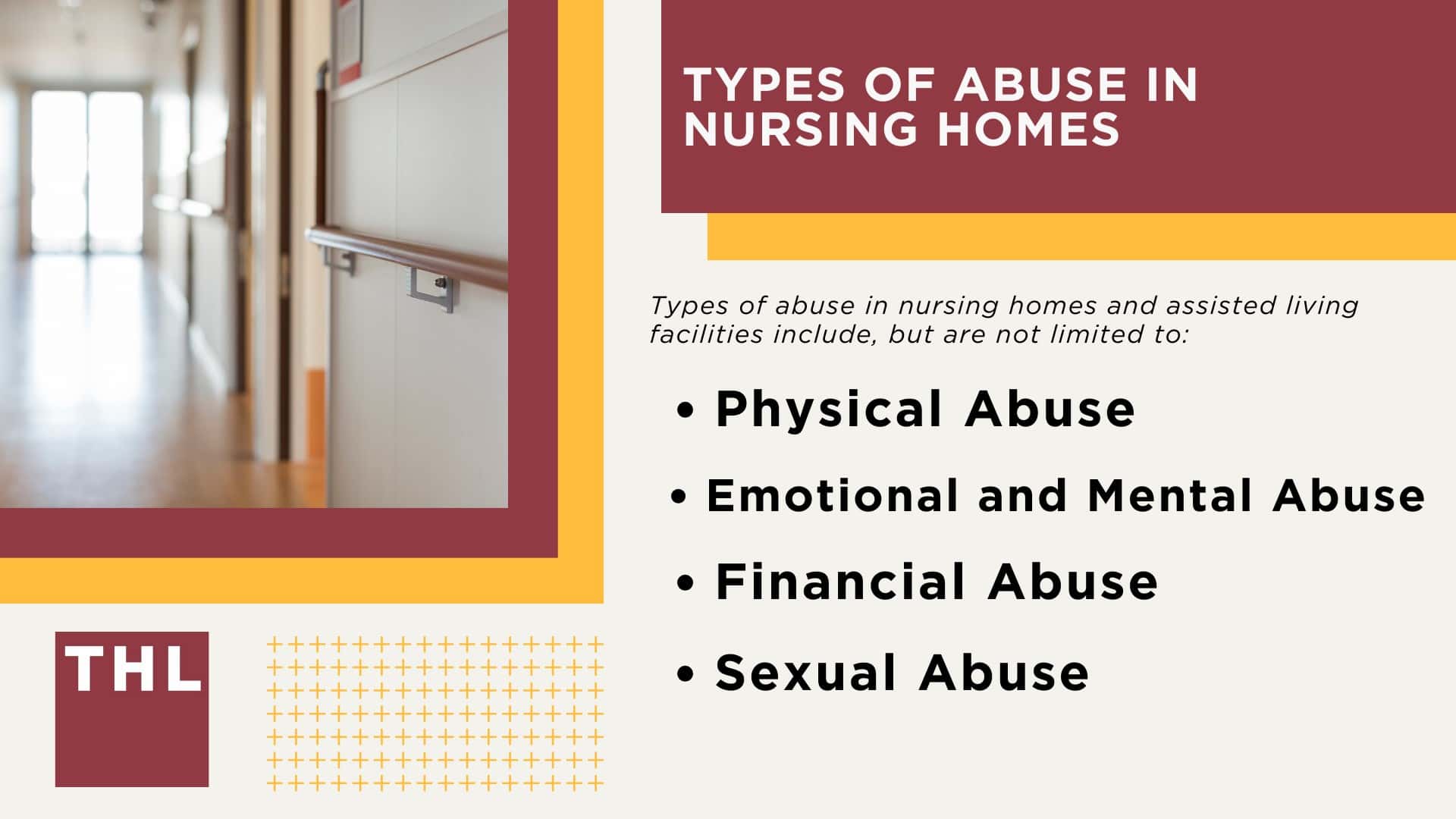
Types of nursing home abuse include:
- Physical Abuse: Any intentional act that causes physical harm, such as hitting, pushing, or inappropriate restraint, falls under physical abuse. This form of abuse can lead to visible injuries, including bruises, fractures, and even long-term health complications.
- Emotional and Mental Abuse: Emotional abuse involves using threats, insults, isolation, or intimidation to cause psychological distress. This type of abuse can lead to anxiety, depression, and a decline in cognitive function, affecting a resident’s overall well-being.
- Financial Abuse: Financial abuse occurs when a caregiver or facility staff exploits a resident’s financial resources. This includes unauthorized access to bank accounts, theft of personal property, or coercing residents into changing financial documents, often leaving them financially unstable.
- Sexual Abuse: Any form of non-consensual sexual contact, including unwanted touching or sexual assault, is considered sexual abuse. Vulnerable residents, especially those with cognitive impairments, are at a high risk, and the abuse often goes unreported due to residents’ inability to communicate.
Types of Nursing Home Neglect
Neglect in nursing homes can take several forms, each with serious consequences for residents who rely on caregivers to meet their daily needs.
When staff fail to provide essential care, residents may suffer from preventable health complications and diminished quality of life.
Elopement, or unsupervised wandering, is a particularly dangerous form of neglect that puts residents at high risk of injury.
Understanding these types of neglect helps families identify issues early and take action to protect their loved ones.
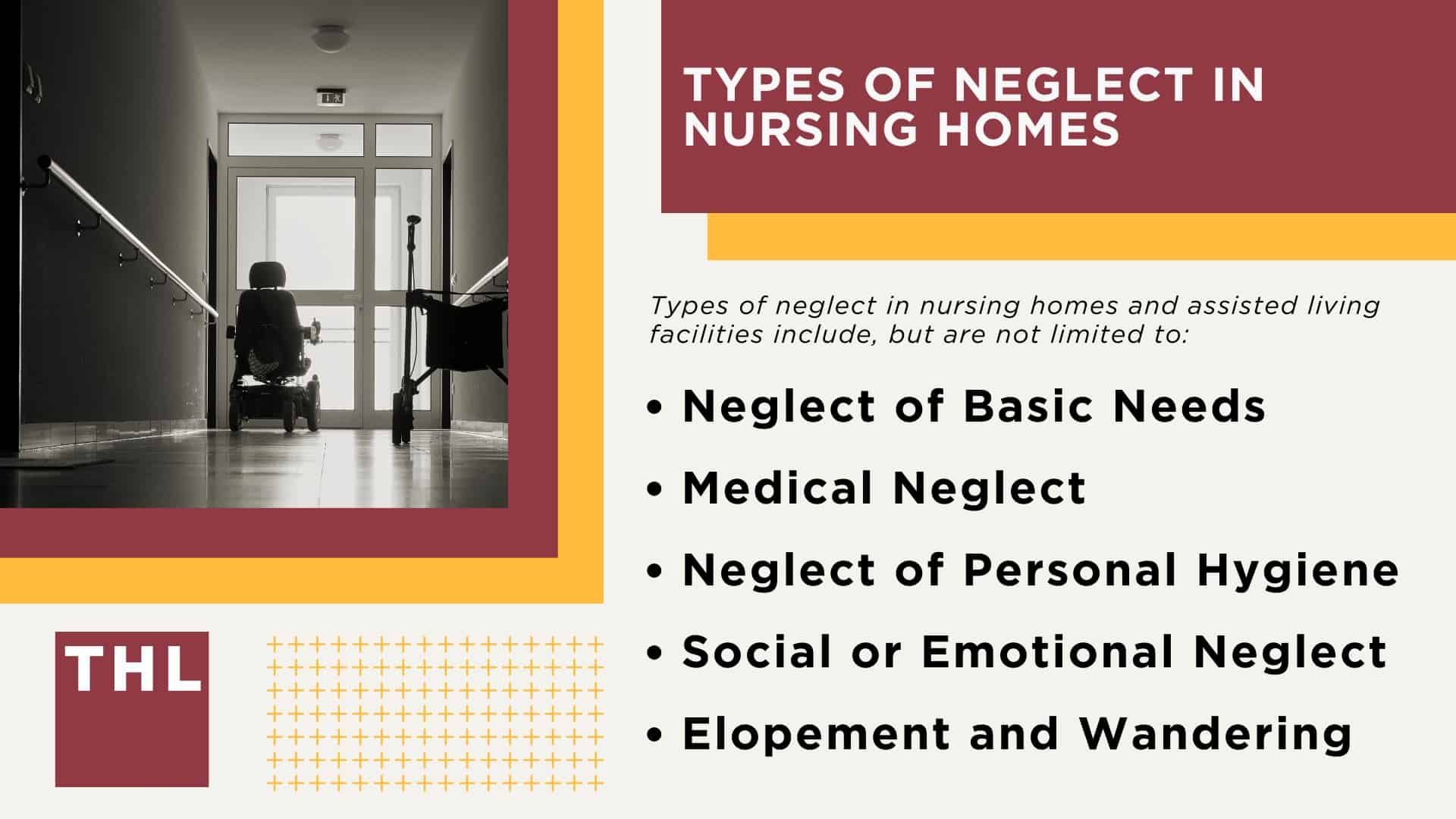
Types of nursing home neglect include:
- Neglect of Basic Needs: This occurs when staff fail to provide essential daily requirements such as food, water, and clean clothing. Residents facing basic needs neglect may experience dehydration, malnutrition, and hygiene-related health issues.
- Medical Neglect: Medical neglect involves failing to administer prescribed medications, monitor chronic conditions, or respond to medical emergencies. This type of neglect can worsen health conditions, lead to unnecessary pain, and even result in life-threatening situations.
- Neglect of Personal Hygiene: When caregivers neglect personal hygiene needs, such as bathing, dental care, or changing soiled clothing, residents are at risk of infections, skin conditions, and emotional distress due to feelings of uncleanliness and discomfort.
- Social or Emotional Neglect: Social and emotional neglect happens when staff isolate residents, ignore emotional needs, or fail to provide companionship and interaction. This form of neglect often leads to loneliness, depression, and a decline in mental well-being.
- Elopement and Wandering: Elopement, or when a resident wanders unsupervised outside of the facility, is a serious risk that can result in injuries or fatalities. Facilities are responsible for monitoring residents to prevent such incidents, especially for those with cognitive impairments like dementia.
Each type of neglect requires immediate attention and accountability to protect residents’ health and well-being.
How Common is Nursing Home Neglect and Abuse?
Nursing home abuse and neglect are unfortunately widespread and underreported issues, affecting hundreds of thousands of elderly residents each year.
According to the World Health Organization (WHO), around 15.7% of individuals over 60 experience some form of abuse in community settings, and the numbers are thought to be even higher in institutional settings like nursing homes.
The World Health Organization (WHO) notes that psychological abuse is the most common, affecting nearly 1 in 3 older people worldwide in institutional care.
Physical violence, financial exploitation, and neglect are also prevalent, with instances often underreported due to residents’ physical or cognitive limitations, or lack of oversight from family and authorities.
The issue of underreporting is well-documented.
The WHO estimates that for every case of abuse reported, another 23 go unreported, suggesting that the actual prevalence of abuse and neglect may be much higher.
During the COVID-19 pandemic, regulatory oversight diminished as inspections and family visits were restricted, exposing residents to even greater risks without adequate accountability.
As advocacy groups and agencies continue pushing for reforms, families and legal advocates play essential roles in holding facilities accountable and ensuring that the rights and safety of elderly residents are protected.
